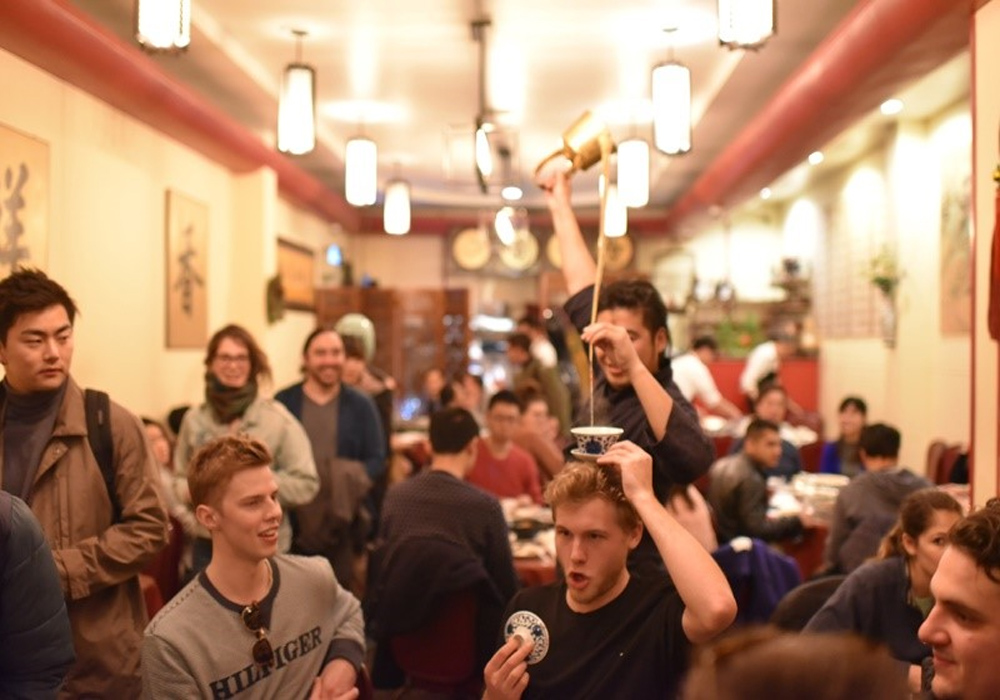
Chinese restaurants are prevalent in countries outside of China, but that doesn’t mean all of them are authentic or serve high-quality food. Sometimes the best way to evaluate a restaurant is not by the food itself but by other cues such as a cooking staff made up primarily of Chinese natives. Even those not born or raised in China are likely to have had exposure to authentic Chinese cooking growing up and inherited a classic recipe or two.
A menu written in less-than-perfect English can also signify that the food will taste more like natural Chinese dishes and less like the Americanized versions that are typically not as flavorful. If the restaurant publishes a small Chinese newspaper, diners should look for ads written in Chinese. This is a good indication that the restaurant attracts advertisers who are interested in maintaining the traditional Chinese culture through food and industry.
Low Price Does Not Always Translate to High Quality
People in Western nations have come to rely on quick Chinese takeout when they want good food but are too busy to cook. Chain restaurants have sprung up in shopping malls in the United States, Canada, and other developed nations in response to this need. Unfortunately, fast and cheap Chinese food isn’t always of the best quality. While Western nations might value convenience when it comes to eating, creating dishes that offer comfort is the main focus in China.
The old adage that you get what you pay for is as true when it comes to finding high-quality Chinese food as it is for anything else. The best restaurants take their time preparing the food and aren’t afraid to charge prices at or even above market standards. Chain restaurants and small, out-of-the way Chinese eateries serve a purpose, but it’s usually not to offer a highly comforting and satisfying meal.
The Restaurant Serves Dim Sum
Dim Sum is to China what French Fries are to America. It would be rare to find an authentic Chinese restaurant that does not serve this tasty bite-sized food, usually in a decorative basket. As tea is also a huge part of Chinese culture, the best restaurants will make dim sum available along with hot tea.
Dim sum may consist of buns, cakes, dumplings, or rolls. Some Chinese restaurants have wait staff push around a cart of dim sum to allow diners to take their desired type and portion.
Shrines That Pay Tribute to Buddhist Culture
It’s a good sign when a diner walks into a restaurant and sees at least one shrine. That means the restaurant owners take their culture seriously and are attempting to replicate it the best they can.
As an integral aspect of Buddhist culture, the Chinese believe that shrines offer protection for everyone nearby. The authentic décor can lead diners to assume that the food they receive will also be legitimately Chinese and not something that has been transformed to appeal to the masses outside of China.
Not every visit to a Chinese restaurant will result in an authentic dining experience. That makes it even more special to find ones that cater to the comfort and not just the appetite of hungry diners.









